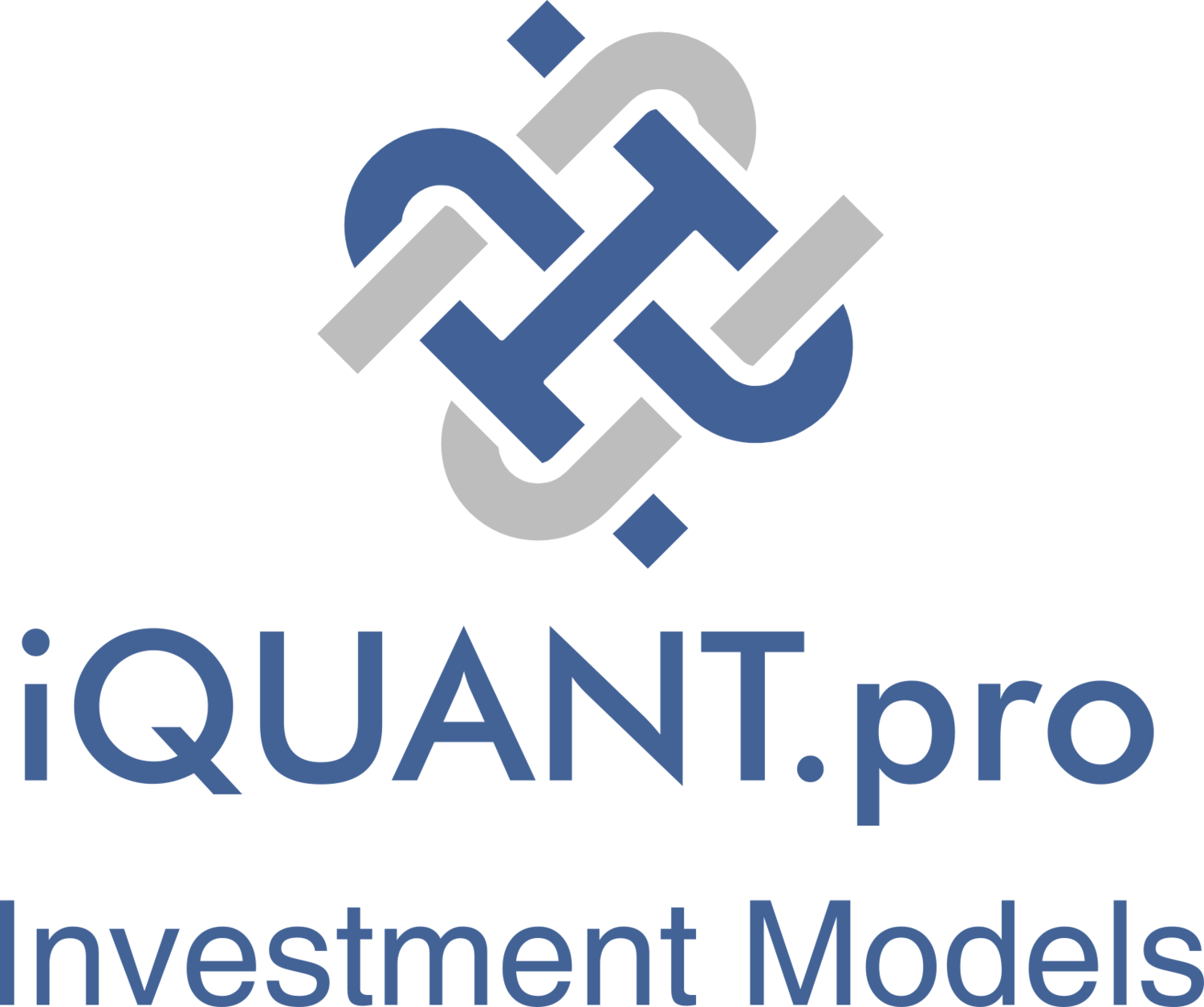If you’re an investment advisor, there’s one thing you can’t afford to overlook: understanding how an investment model behaves, or what we’ll call its “personality.” This is crucial because if you don’t, your clients might not understand why their investments don’t behave like the mega cap weighted stock indices, such as the S&P 500. Misunderstandings like this can lead to frustration and potentially a loss of trust.
Let’s break this down…
Why High CAGR May Not Equal High Correlation
CAGR, or Compound Annual Growth Rate, shows how much an investment grows on average each year. It’s a popular number because everyone loves to see strong growth. But here’s the catch: a high CAGR doesn’t mean the investment moves the same way as domestic large cap indices.
For example, if you see an investment growing at 25% per year, that might sound amazing. But it might not follow the trends of major stock indices like the S&P 500. Instead, its growth could come from niche segments like technology startups or emerging markets - segments that don’t necessarily correlate with the rise and fall with popular indices.
The Importance of Understanding Behavior
Every investment strategy has its own unique behavior, shaped by what it focuses on. This is what we mean by its “personality.”
For example:
Sector-Specific Focus: A strategy that targets clean energy companies may grow fast because the industry is booming, not because the entire stock market is performing well.
Small Companies: A strategy focused on small companies (i.e. the iQ Small Cap Value or All Cap Share Buyback models) might achieve high growth but behave very differently from those tied to mega-cap companies like the iQ ESG 10 or Bulls of the Dow models.
Different Asset Classes: Strategies that are able to shift between different asset classes (i.e. the iQ All Assets Risk On Risk Off and iQ ETF Momentum models) may perform well based on their own market drivers and not follow the stock market at all.
Regional Focus: Strategies tailored to specific regions, such as emerging markets or developed Europe and Asia, often respond to local factors rather than broader global trends. For instance, an emerging markets strategy might benefit from rapid growth in countries like India or Brazil, while a developed Europe strategy could be influenced by economic policies or geopolitical events unique to that region.
Risk-On/Risk-Off Shifts: Some strategies are designed to move dynamically between "risk-on" and "risk-off" positions (i.e the iQ ETF Style Box Rotation models). For instance, a strategy might invest heavily in stocks during "risk-on" periods, when markets are optimistic and investors are seeking higher returns. Conversely, it might shift to cash during "risk-off" times, when market uncertainty or fear drives investors to prioritize safety. This ability to pivot between high-growth and defensive assets allows the strategy to manage volatility and protect against large losses, but it also means its behavior may not always align with the broader market or indices like the S&P 500.
By understanding these nuances, you can better explain to clients why their investments might not move in sync with major indices like the S&P 500.
Tools Beyond CAGR: Capture Ratios, Betas, and Correlations
To get a full picture of how an investment strategy works, you need to look at more than just CAGR. Here are three ratios that can help:
Capture Ratios: These show how an investment performs when the market goes up or down.
An investment with a high "up capture" performs better than the market during good times.
A low "down capture" means it loses less than the market during tough times.
Beta: This measures how much an investment’s value moves compared to the market.
A beta of 1 means it moves exactly like the market.
A beta above 1 means it’s more volatile, and a beta below 1 means it’s more stable.
Correlation: This shows whether an investment moves in sync with the market.
A high correlation (close to 1) means it moves almost exactly like the market.
A low correlation means it behaves independently.
Why This Needs to Matter to Advisors
If you only focus on CAGR when recommending a model, you might be setting yourself up for trouble. Clients expect their investments to behave a certain way, especially if they’re used to big stock indices like the S&P 500. If an investment doesn’t move with the market, they might feel confused or even upset.
For example, imagine you recommend a strategy or fund with a high CAGR but a low correlation to the market. When the S&P 500 has a banner year, this strategy might not grow as much—or it might move in a completely different direction. If you didn’t explain this upfront, your client could be left wondering what went wrong.
How to Avoid Missteps
Here’s what you can do to make sure you’re prepared:
Study the Personality: Learn how a model behaves in different market conditions, not just how fast it grows.
Explain Clearly: Use simple language to help clients understand why an investment might not act like the S&P 500. Communication is everything.
Use the Right Metrics: Look at capture ratios, betas, and correlations alongside CAGR to get a well-rounded view.
Be Proactive: Regularly check how a model aligns with your client’s goals and explain any changes.
Final Thoughts
As an investment advisor, your job isn’t just to recommend high-growth models. It’s to understand how those models behave and make sure your clients do too. Ignoring the “personality” of an investment can lead to confusion and mistrust, especially when it doesn’t follow the market in the way they expect.
By looking beyond CAGR and diving into metrics like capture ratios, betas, and correlations, you’ll be better equipped to manage expectations, reduce surprises, and build lasting trust with your clients. Remember, a great investment isn’t just about growth—it’s about understanding how it fits into the bigger picture.
